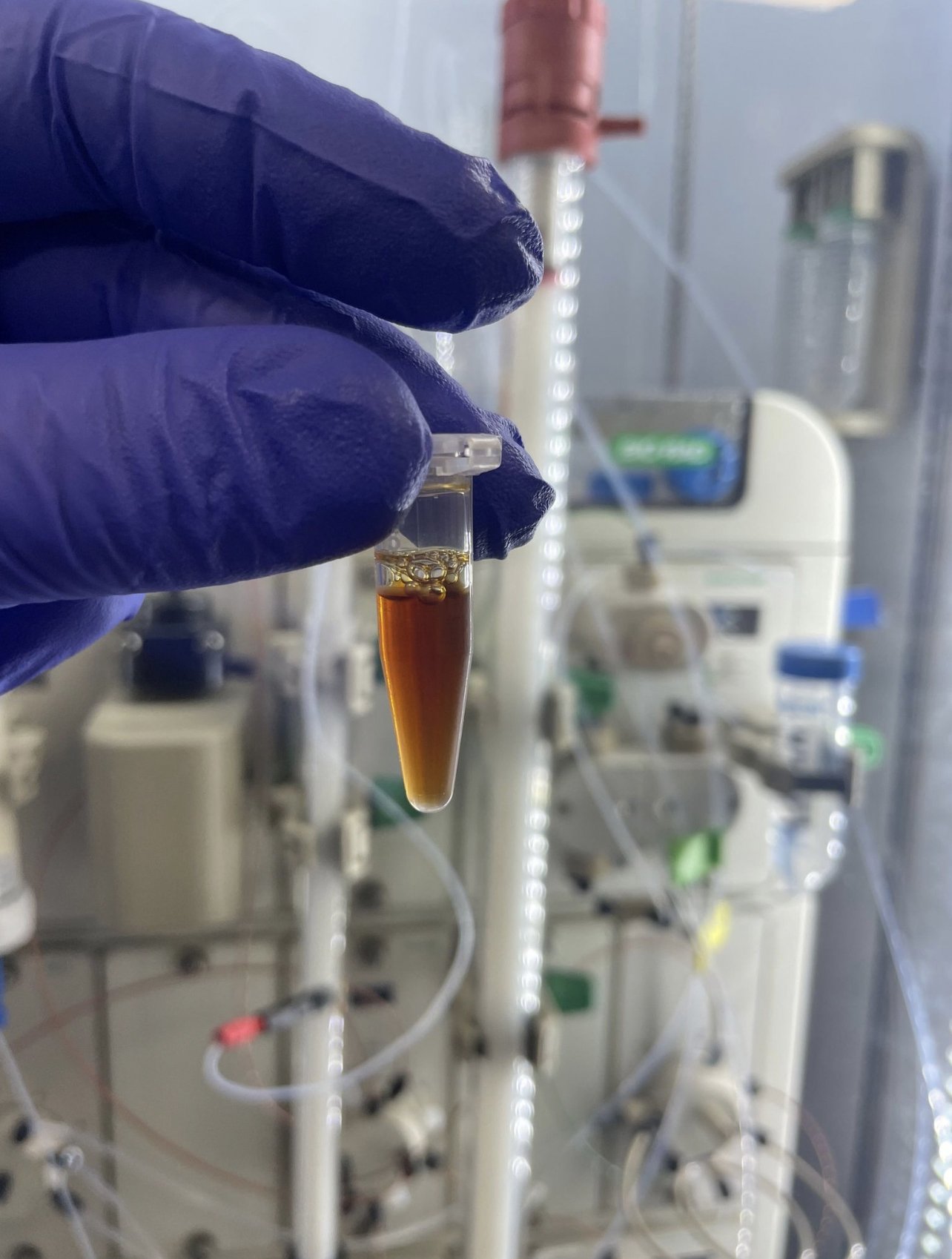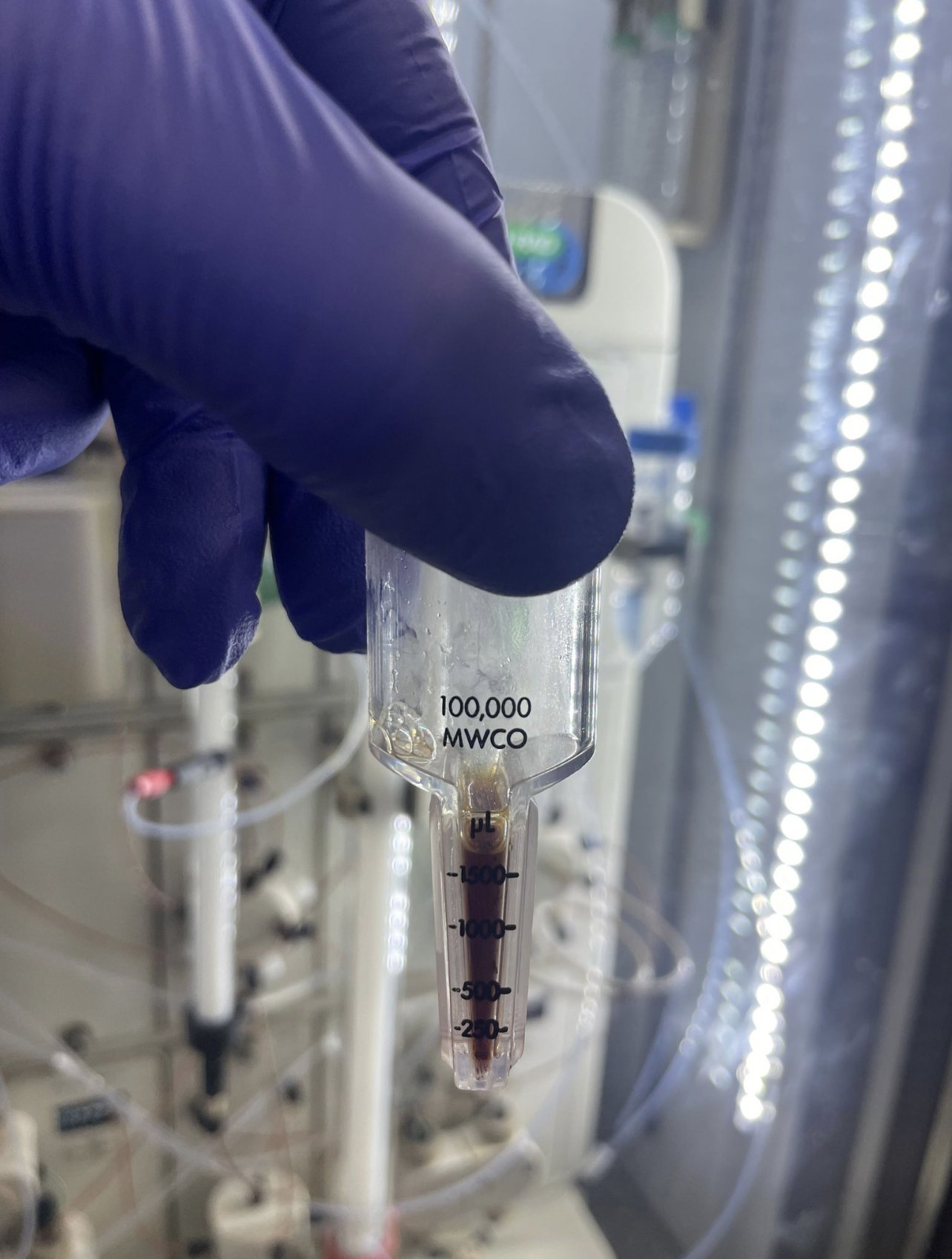Cracan Lab
LABORATORY OF REDOX BIOLOGY AND METABOLISM
Principal Investigator: Valentin Cracan
RESEARCH
EXPLORING EVOLUTIONARY ADAPTATIONS IN ORGANISMS LACKING A CONVENTIONAL RESPIRATORY CHAIN
Many bacteria and eukaryotes have reconfigured or are completely devoid of a conventional electron transport chain (ETC), such as that found in mammalian mitochondria. We are interested in systematically exploring the evolutionary adaptations which allow organisms to tolerate missing components of the ETC. Such evolutionary innovations can be very attractive for the following reasons: 1) they can inspire novel strategies of “bypassing” a corrupted ETC in various models of mitochondrial disorders; 2) they can provide a basis for the development of tools to dissect cellular redox metabolism. For example, a number of bacteria and members of the Excavata supergroup of unicellular eukaryotes can tolerate fairly aerobic environments despite lacking a conventional ETC, which is ordinarily thought to play a pivotal role in detoxifying environmental oxygen. These organisms rely on enzymes which catalyze a H2O-forming NADH oxidase reaction to recycle NAD+ using oxygen as a final electron acceptor. We recently used one of these enzymes, a H2O-forming NADH oxidase from the bacterium Lactobacillus brevis (LbNOX), to ameliorate the proliferative defect caused by impaired ETC in human cells (Titov, Cracan et al. Science; 2016). If the organ pathologies associated with mitochondrial disease or other conditions stem from redox imbalance, then expression of LbNOX or similar proteins holds promise as a “protein prosthesis” therapy.
DEVELOPMENT OF GENETICALLY-ENCODED TOOLS FOR REDOX SIGNALING RESEARCH
The coenzymes nicotinamide adenine dinucleotide (NAD) and nicotinamide adenine dinucleotide phosphate (NADP) serve as electron donors and acceptors in a wide variety of metabolic reactions and are thus major contributors to the cellular redox environment. Engineering tools to perturb or visualize the redox state of these coenzyme pools would enable the study the role of redox imbalances in driving numerous pathologies. Our lab is excited to take advantage of redox active protein scaffolds to engineer genetically encoded versions of such tools. We recently used an NADH-specific H2O-forming oxidase (LbNOX) to engineer a novel H2O-forming oxidase strictly specific towards NADPH (TPNOX), thus allowing direct, compartment specific increases in NAD+/NADH or NADP+/NADPH ratios in mammalian cells (Cracan et al. Nature Chem Bio; 2017). We demonstrated using LbNOX and TPNOX that reducing equivalents do not rapidly exchange between NAD+/NADH and NADP+/NADPH in the mammalian cytosol, but that they do exchange readily in the mitochondria. We strive to further increase our tool kit of genetically encoded tools which will allow us ultimately to tease apart the logic of redox compartmentalization in different backgrounds or conditions.
UNDERSTANDING HOW METABOLISM IS REWIRED IN CANCER
It has become increasingly clear that, in order to meet their unique proliferative needs, cancer cells exhibit altered metabolism compared to normal cells-so called “metabolic rewiring.” For example, escalated reactive oxygen species (ROS) generation by cancer cells has been recognized as an important contributor of tumor development and progression. Our knowledge of how cancer cells maintain the delicate balance between ROS production and detoxification is still very limited. We and others recently established that redox requirements are important for proliferation in cancer cells (Titov, Cracan et al. Science; 2016). Using a combination of genetically encoded tools and metabolomics we aim to better understand how different cancers rewire their redox metabolism based on tissue of origin or cell type. We are ultimately interested in harnessing the differences in redox metabolism between cancer and normal cells to develop novel therapeutic interventions.





